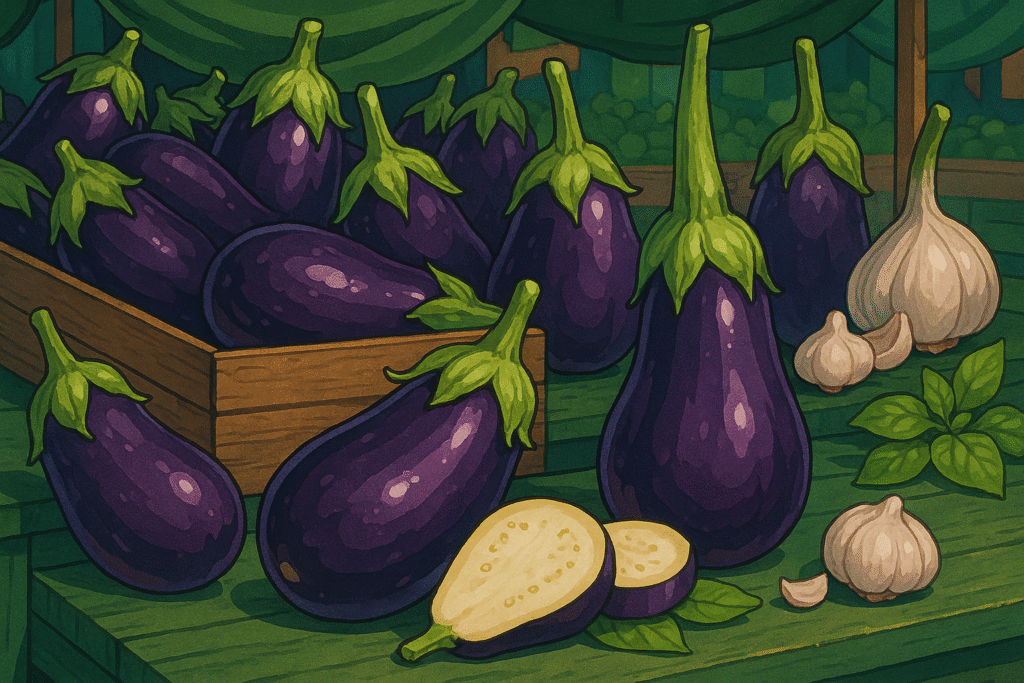Why is it called “eggplant”?
The name comes from early European white varieties that resembled goose eggs.
Do you have to salt eggplant before cooking?
Not always. Modern varieties are less bitter, but salting helps with moisture and browning when frying.
Is eggplant a fruit or vegetable?
Botanically, it’s a fruit — specifically a berry — but it’s used as a vegetable in cooking.
Can you eat eggplant skin?
Yes! It’s rich in antioxidants. For tougher varieties, you can peel them for a smoother texture.
